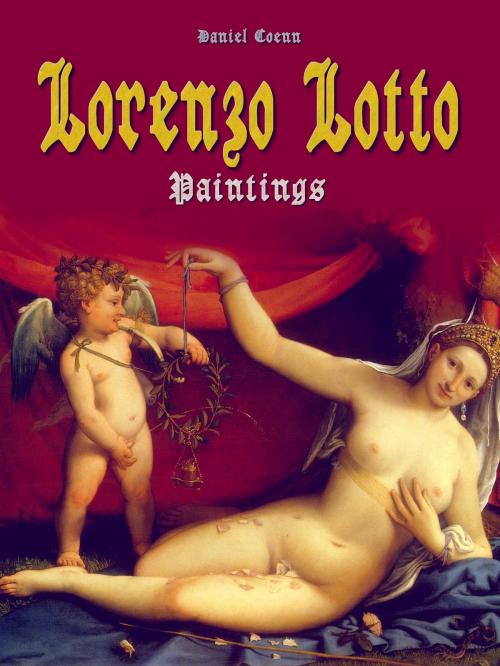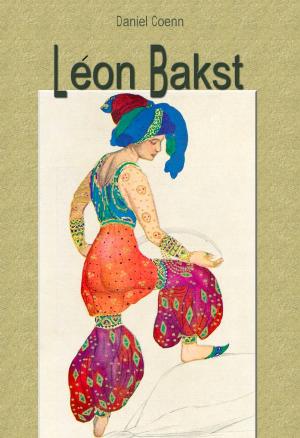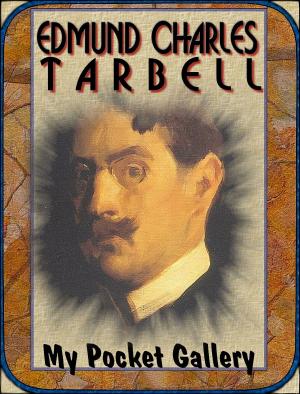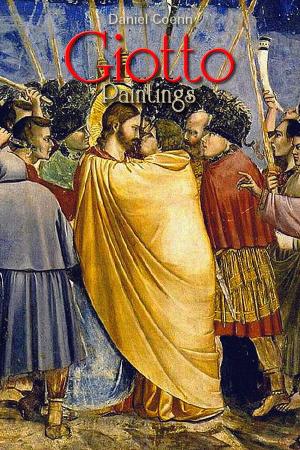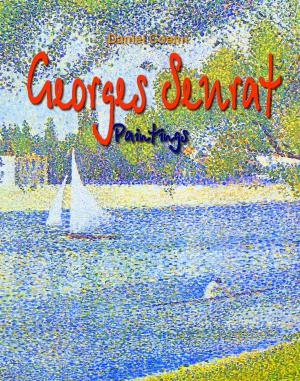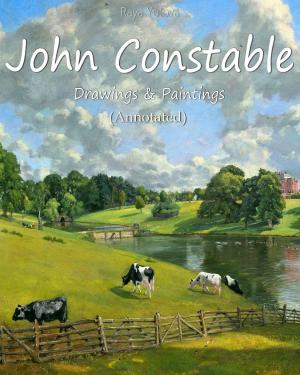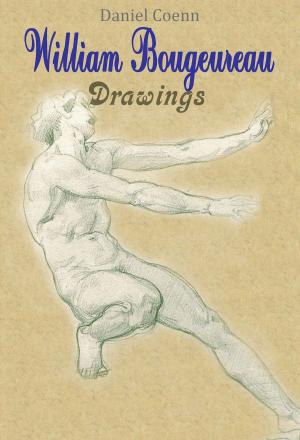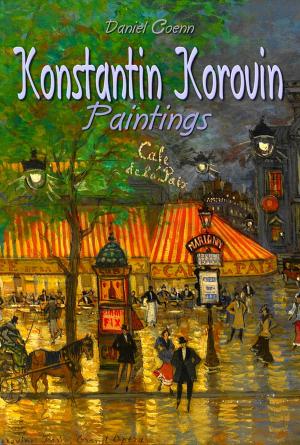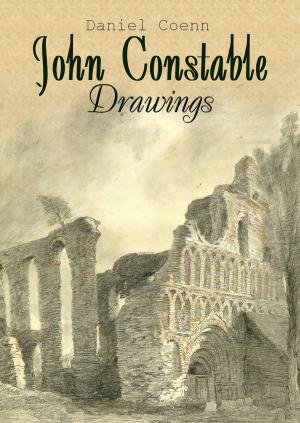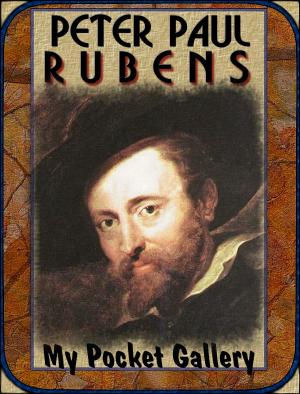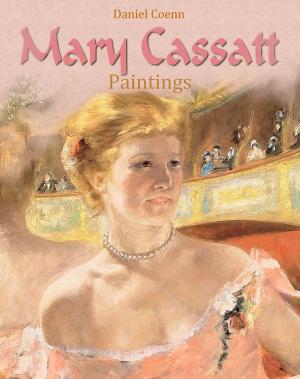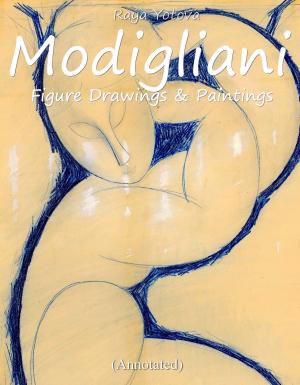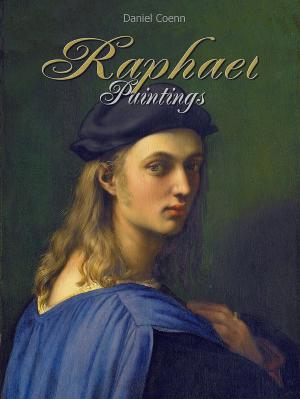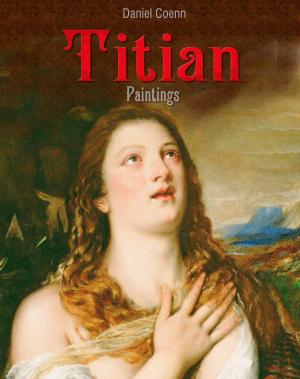Lorenzo Lotto
Paintings
Biography & Memoir, Artists, Architects & Photographers, Nonfiction, Art & Architecture| Author: | Daniel Coenn | ISBN: | 1230000202666 |
| Publisher: | Classic & Annotated | Publication: | December 14, 2013 |
| Imprint: | 1 | Language: | English |
| Author: | Daniel Coenn |
| ISBN: | 1230000202666 |
| Publisher: | Classic & Annotated |
| Publication: | December 14, 2013 |
| Imprint: | 1 |
| Language: | English |
Lorenzo Lotto was a Northern Italian painter, draughtsman and illustrator, traditionally placed in the Venetian school. He painted mainly altarpieces, religious subjects and portraits. While he was active during the High Renaissance, his nervous and eccentric posing and distortions represent a transitional stage to the first Florentine and Roman Mannerists of the 16th century. During his lifetime, Lorenzo Lotto was a well-respected painter and certainly popular in Northern Italy. He is traditionally included in the Venetian School, but his independent career actually places him outside the Venetian art scene. He was certainly not as highly regarded in Venice as in the other towns where he worked. He had an own stylistic individuality, even an idiosyncratic style. After his death, he gradually became neglected and then almost forgotten. This could be attributed to the fact that his oeuvre now remains in lesser known churches or in provincial museums.
Lorenzo Lotto was a Northern Italian painter, draughtsman and illustrator, traditionally placed in the Venetian school. He painted mainly altarpieces, religious subjects and portraits. While he was active during the High Renaissance, his nervous and eccentric posing and distortions represent a transitional stage to the first Florentine and Roman Mannerists of the 16th century. During his lifetime, Lorenzo Lotto was a well-respected painter and certainly popular in Northern Italy. He is traditionally included in the Venetian School, but his independent career actually places him outside the Venetian art scene. He was certainly not as highly regarded in Venice as in the other towns where he worked. He had an own stylistic individuality, even an idiosyncratic style. After his death, he gradually became neglected and then almost forgotten. This could be attributed to the fact that his oeuvre now remains in lesser known churches or in provincial museums.
